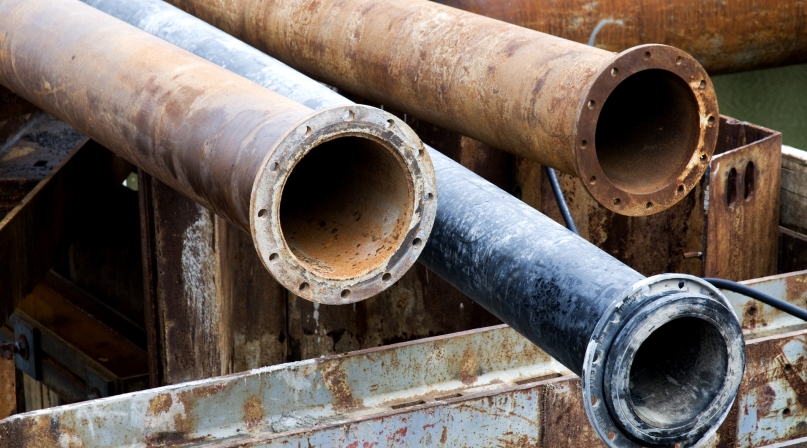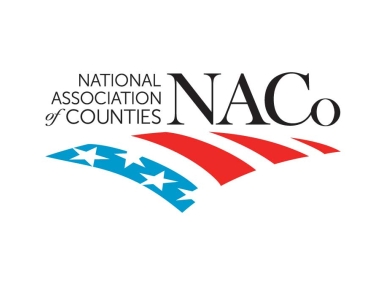EPA announces proposed Lead and Copper Rule Improvements
Author

Charlotte Mitchell Duyshart

Rachel Yeung
Upcoming Events
Related News

Key Takeaways
UPDATE:
On October 8, the U.S. Environmental Protection Agency (EPA) released a final rule for Lead and Copper Rule Improvements, requiring drinking water systems across the country to identify and replace lead pipes within 10 years.
On November 30, 2023, the U.S. Environmental Protection Agency (EPA) announced its proposed Lead and Copper Rule Improvements (LCRI). The proposed rule makes changes to the underlying National Primary Drinking Water Regulation (NPDWR) for lead and copper.
What would the proposed LCRI do?
The proposed LCRI makes several changes to the NPDWR for lead and copper, including:
- Requiring water systems to replace all lead service lines in 10 years
- Lowering the lead action level from 15 micrograms per liter to 10 micrograms per liter
- When the lead sampling level exceeds the action level, water systems would have to inform the public and take action to reduce exposure while simultaneously replacing all lead pipes
- Requiring water systems to regularly update their lead service line inventories
- Water systems are currently required to provide an annual inventory of lead service lines by October 16, 2024
- Changing tap sampling protocols to require water systems to collect first liter and fifth liter samples at sites with lead service lines and use the higher of the two samples when determining whether they are in compliance
- Requiring water systems with multiple lead action level exceedances to conduct additional outreach and provide filters to consumers
How would the proposed LCRI impact counties?
Counties are dedicated to protecting public health and supporting the wellbeing of their residents, including through the removal of lead service lines. However, the proposed LCRI may present challenges for counties, including:
- Timeline: EPA includes few exceptions for achieving compliance within this timeline, even for smaller water systems
- Cost: While EPA estimates that annual compliance costs will range from $2.1 billion to $3.6 billion, other estimates place the total cost of the LCRI as high as $90 billion. Even with the $15 billion provided by the Bipartisan Infrastructure Law for lead service line replacement, the rule will be costly to implement
- Private Property: It may be difficult for counties to gain the authority to access lead service lines on private property, and it is unclear which party would be responsible for the cost of removal on private property
Where can I learn more about the proposed LCRI?
To learn more about the LCRI, please see the resources below.
EPA LCRI webpage EPA LCRI fact sheet EPA LCRI press release NACo's LCRI Comments Federal Register Post
Related News

U.S. Department of Agriculture unveils $700 million for regenerative agriculture
On December 10, U.S. Secretary of Agriculture Brooke Rollins announced the launch of a $700 million pilot program to support regenerative agriculture practices across the country.

County Countdown – Dec. 1, 2025
Every other week, NACo's County Countdown reviews top federal policy advocacy items with an eye towards counties and the intergovernmental partnership.

Counties Celebrate Key Permitting Inclusions in SPEED Act
NACo issued the following statement in response to the passage of the Standardizing Permitting and Expediting Economic Development (SPEED) Act (H.R. 4776), which advanced out of the U.S. House Committee on Natural Resources on November 20.
